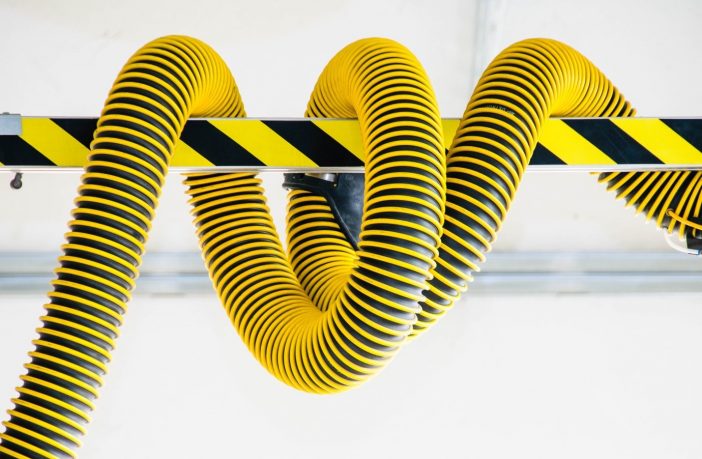- Chlorinated Polyethylene has the ability to create dioxins and furans at different points in its lifecycle
- Dioxins and furans can be found in the food groups that humans, animals, fish, and birds consume.
Chlorinated Polyethylene (CPE) is a family of thermoplastics that are produced by the chlorination of high-density polyethylene. It is more commonly referred to as plastic or synthetic rubber in the building industry. The material is on international watch lists due to their ability to create dioxins and furans at different points in their life cycle (often manufacturing and/or disposal).
Dioxins, in particular, are highly persistent in the environment and are some of the most potent toxins known to humans. They have a strong propensity for bioaccumulation (bioaccumulation occurs when an organism absorbs a substance at a rate faster than that at which the substance is lost by catabolism and excretion).
Furans, on the other hand, accumulate in animal fat, concentrating as they travel up the food chain. In other words, the dioxins and furans can be found in the food group’s humans, animals, fish, and birds consume.
CPE is versatile and can range from crystalline or rigid resins to a flexible elastomer product. The material is used for a wide assortment of applications in the building industry. It can be found in products like moulded furniture, doors and window frames, pipes and hoses plus electrical insulation and conduits.
CPE lands up in our rivers, oceans and land areas. The irony is non-chlorinated polyethylene building products are readily available across all major product categories. The question is why are we not specifying non -chlorinated polyethylene products to our architects and builders?
Author: Bryan Groenendaal















